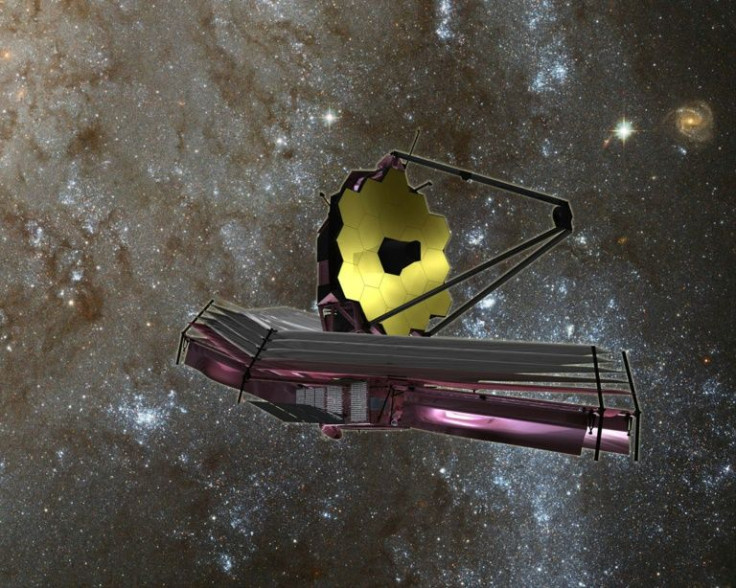Webb Telescope Almost Ready, Set To Study Lava-Covered Planet: NASA
KEY POINTS
- Webb is just weeks away from full operation: NASA
- It is set to study two "super-Earths" in its first year
- The investigations may shed light on thousands of exoplanets in the galaxy
NASA's James Webb Space Telescope (Webb) is just about ready to begin its mission. The targets for its first year are some rather interesting "super-Earths," including one that possibly rains down lava.
Webb is just a few short weeks away from "full operation" and it will soon be starting its science investigations, NASA noted in a news release. As the "largest, most powerful and most complex" space telescope in the world, it has quite a few important tasks to undertake, from its quest for the primeval black holes to possibly probing the origins of the universe.
Webb is also slated to help us understand the worlds around other stars. In its first year, it will explore two rather interesting rocky planets: 55 Cancri e and LHS 3844 b. Both of these planets are rocky "super-Earths" and knowing them better could also help deepen the understanding of other such rocky planets.
Exoplanet 55 Cancri e, for instance, is just 1.5 million miles from its host star and is believed to be so hot that it is covered in oceans of lava. Because the exoplanet is so close to its star, it is believed that it is tidally locked to it, meaning that one side is always facing the sun – the side that should consistently be the hottest part of the planet.
However, previous observations by NASA's Spitzer Space Telescope showed that the hottest part of the planet is "offset" from the part that's actually directly facing the star. Furthermore, the amount of heat on the dayside also varies.
It's possible that 55 Cancri e has a thick atmosphere or that it's not tidally locked at all and actually rotates "three times for every two orbits." This could mean that its surface heats up and vaporizes during the day and then rains the lava back down when night comes. Webb's instruments will be key to testing the hypothesis.
Is it possible for a rocky planet to be so hot that the surface is molten and the clouds rain lava? 🔥 ☂️ #NASAWebb will find out: https://t.co/Uo3oeklLMu
— NASA Webb Telescope (@NASAWebb) May 26, 2022
📷: Artist illustration, credit NASA, ESA, CSA, Dani Player (STScI) pic.twitter.com/OrZZXMp4CR
In the case of LHS 3844 b, the space telescope could help deepen the understanding of its composition. Although Webb won't actually image the surface, it would be able to analyze the rocks on the planet, especially since it doesn't have an atmosphere to obscure the view.
According to NASA, not only will such observations help us understand these planets better, they would provide valuable insight into the many planets in our galaxy.
"They will give us fantastic new perspectives on Earth-like planets in general, helping us learn what the early Earth might have been like when it was hot like these planets are today," said Laura Kreidberg, of the Max Planck Institute for Astronomy. Kreidberg's team will study LHS 3844 b.

© Copyright IBTimes 2024. All rights reserved.






















